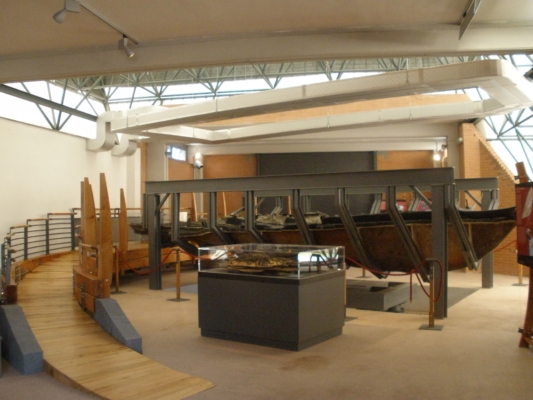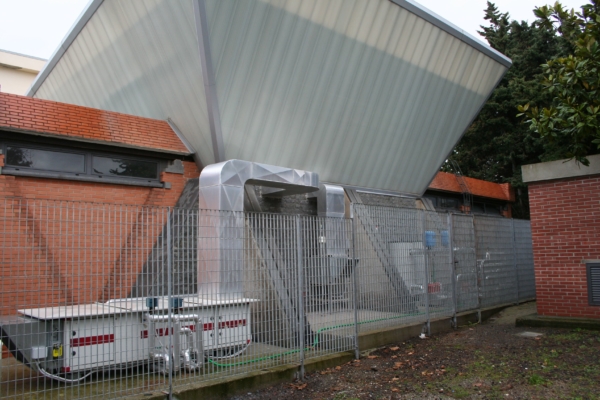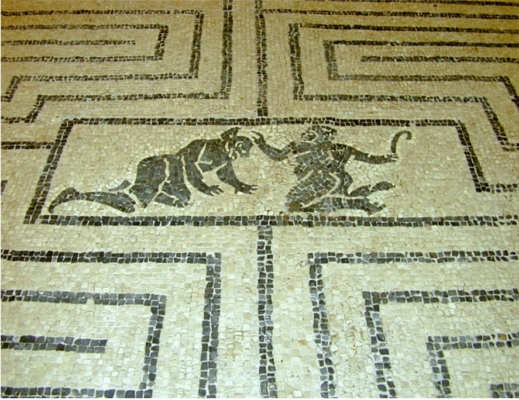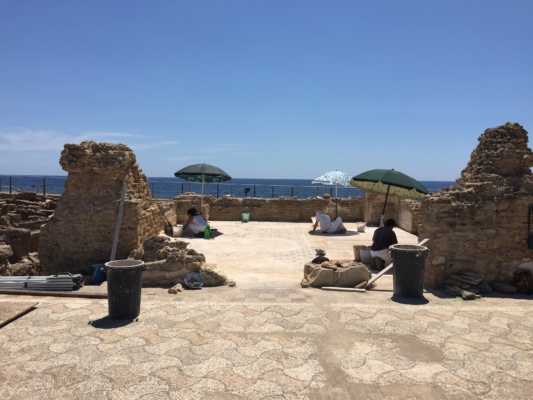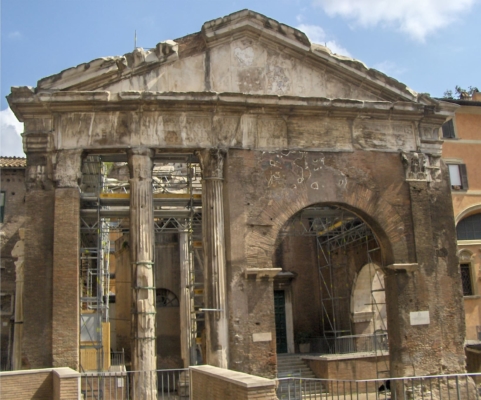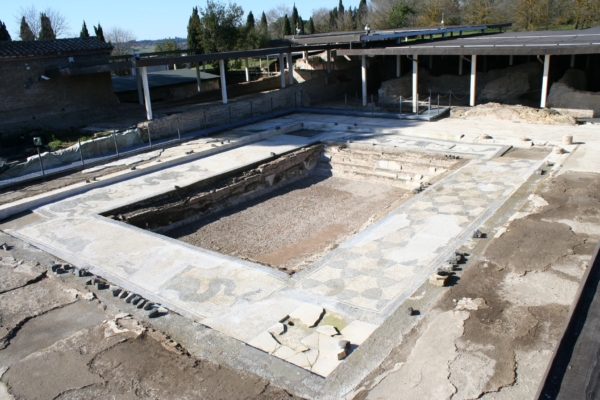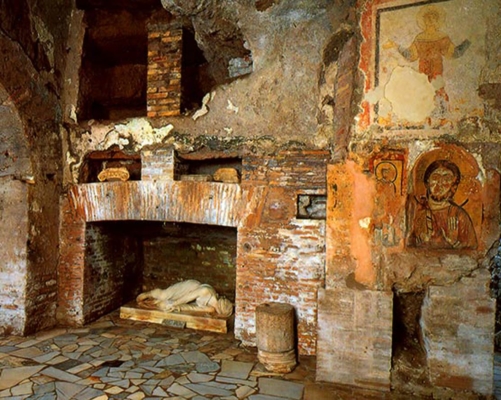The Roman Boat of Herculaneum (NA) – Scientific restoration and museum display
Brief historical notes. At the beginning of the eighties of the twentieth century, thanks to an intuition of the Director of the Excavations of Herculaneum Giuseppe Maggi, the archaeological exploration in the Roman city was deepened in the sector of the Suburban Baths, until it reached the volcanic sand of the ancient beach, where, on August 3, 1982, the keel of a boat capsized by the fury of the eruption began to emerge from the volcanic mud. It rested on a layer composed of beams, pieces of wood, tiles, roof tiles and building material dragged from the houses of the city to the beach by the first volcanic flow. In particular, some large beams that came from the roofs and attics had broken through the keel and had folded the planking, getting stuck in it. The boat was then buried by the pyroclastic flows, remaining sealed in this blanket of volcanic mud which quickly hardened, guaranteeing the conservation of the woods due to the absence of oxygen. After the first excavation phases, the boat was covered with a layer of silicone rubber, on which fiberglass was then applied. Thus a shell was created, which allowed to contain the charred remains and prevent the collapse of the boat’s structure. Then, after overturning it and partially emptying it, it was transferred to the area intended for future museum display.

